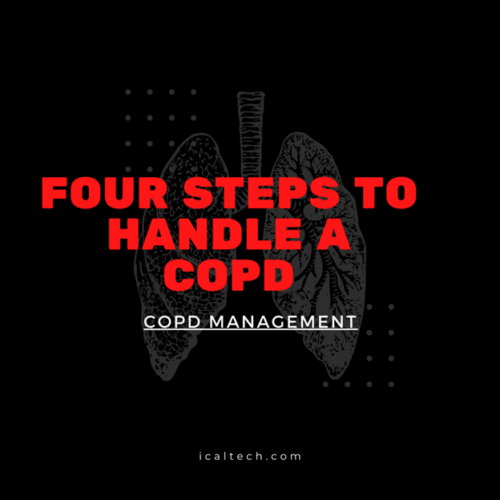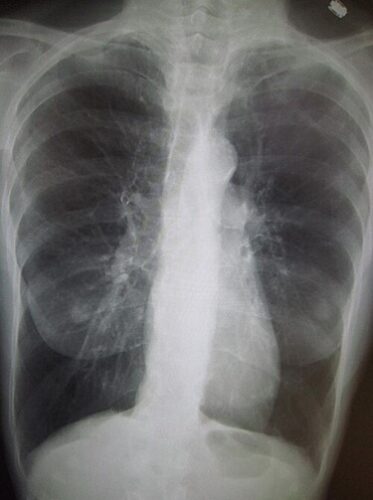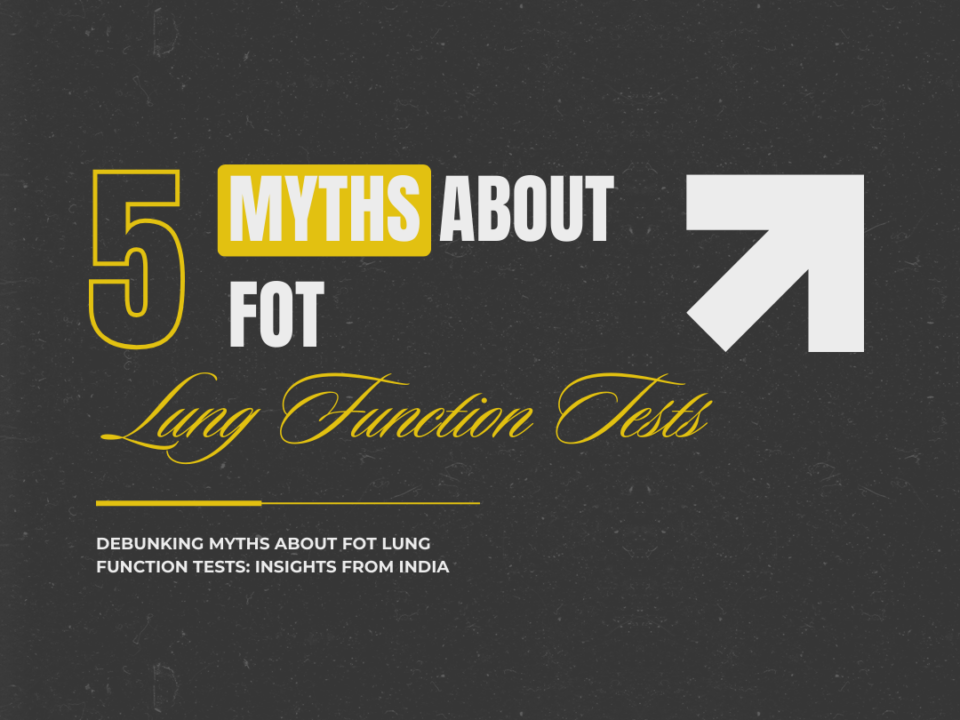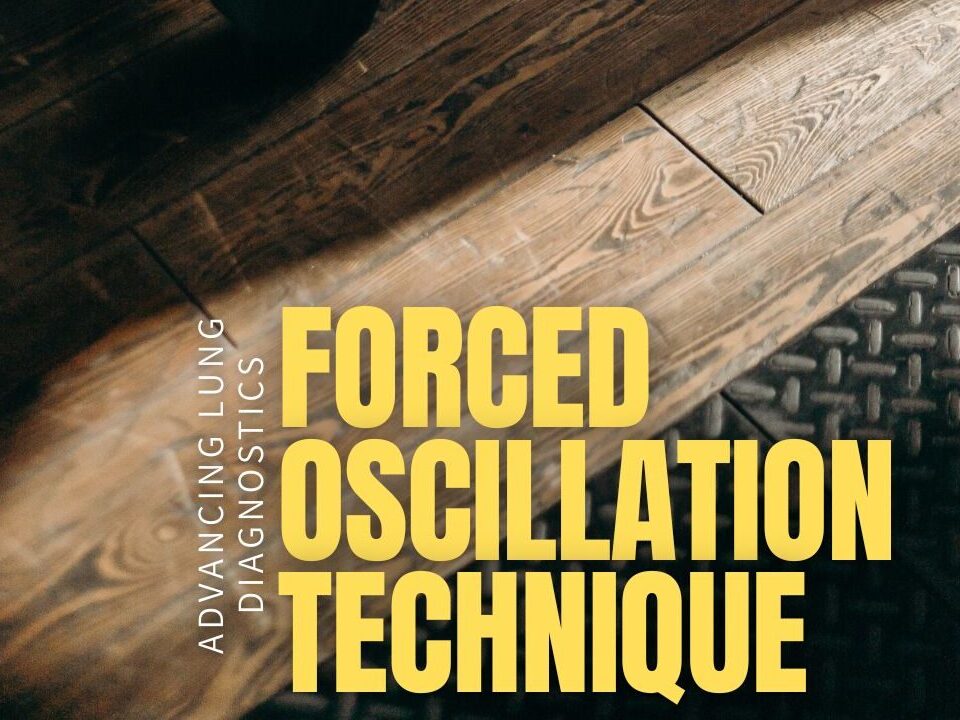
Antlia Pro vs Spirometry
December 26, 2024
Forced Oscillation Technique in Advancing Lung Diagnostics Tests
January 29, 2025
Millions of people in India suffer from Chronic Obstructive Pulmonary Disease (COPD), which creates unique challenges for the country's healthcare system. COPD is the second most prevalent cause of death in the nation from non-communicable diseases, causing 3.5 million deaths in 2021, approximately 5% of all global deaths Four essential steps for managing a COPD management episode are laid out in this blog, tailored to the Indian context while incorporating relevant statistics and expert insights.
Step 1: Recognize the Signs Early
Early recognition of COPD exacerbation is crucial for effective management. In India, where the prevalence of COPD varies significantly across regions (4.36% in Bangalore to 10% in Delhi), awareness of symptoms is paramount.
Key Symptoms to Watch For:
- Increased breathlessness
- Changes in sputum color or volume
- Increased coughing
- Chest tightness
Dr. Sundeep Salvi, Director of the Chest Research Foundation in Pune, emphasized that early detection of COPD symptoms is crucial. Many patients in India, particularly in rural regions, ignore early warning signs, resulting in delayed treatment and inferior outcomes.
In rural India, where healthcare access is limited, educating patients and their families about these symptoms is critical. Community health workers, such as Accredited Social Health Activists (ASHAs), play vital roles in early detection and referral.
Step 2: Implement Immediate Home Management
Once a problem is recognized, immediate action at home can help alleviate symptoms and prevent further deterioration.
Key Actions:
- Use prescribed rescue inhalers (bronchodilators)
- Practice pursed-lip breathing
- Use the recommended position to ease breathing (e.g., leaning forward with supported arms)
- Avoid triggers like smoke or pollutants
India faces unique challenges, especially when it comes to using inhalers. "There's a significant stigma associated with inhaler use, particularly in rural settings where they're often seen as a sign of terminal illness," says a pulmonologist at an established Delhi hospital. Overcoming this stigma through education and awareness is critical for successful COPD management.
Step 3: Seek Professional Medical Help
If symptoms persist or worsen despite home management, seeking professional medical help is essential.
When to Seek Help:
- Severe breathlessness
- Inability to speak in full sentences
- Bluish tinge to lips or fingernails
- Rapid heartbeat or confusion
In India, access to specialized care is limited, particularly in rural areas. A 2019 study found that many rural healthcare practitioners may not be qualified to identify and treat COPD. This emphasizes the importance of improving primary care training and resources.
Dr. Rajesh Chawla, Senior Consultant in Respiratory Medicine at Indraprastha Apollo Hospital in Delhi, says, "We need to strengthen our primary healthcare system to manage COPD effectively." Early intervention at the local level can greatly lessen the demand for tertiary care facilities.
Step 4: Follow Through with Long-Term Management
After managing the acute episode, focus on long-term management to prevent future exacerbations.
Key Components:
- Adherence to prescribed medications
- Regular follow-ups with healthcare providers
- Pulmonary rehabilitation
- Lifestyle modifications (smoking cessation, avoiding biomass fuel exposure)
Indian Statistics and Challenges:
- Approximately 70% of Indian households use biomass fuels for cooking, significantly contributing to COPD risk.
- The overall prevalence of COPD among the population aged 30 years and above in India is estimated at 7%.
Dr. Virendra Singh, Director of Asthma Bhawan in Jaipur, underlines, "Pulmonary rehabilitation is an important component of COPD care, but it is neglected in India. We need to raise awareness and accessibility to such programs."

X-ray showing hyperinflated lungs typical in COPD
Conclusion
Managing COPD episodes in India requires a combined strategy that tackles specific cultural, socioeconomic, and healthcare system issues. Patients' quality of life and frequency of exacerbations can be considerably improved by focusing on early detection, prompt home management, quick professional intervention, and consistent long-term treatment.
As the country continues to face a high burden of respiratory disorders, tackling COPD through comprehensive public health efforts like the National Programme for Prevention and Control of Cancer, Diabetes, Cardiovascular Disorders, and Stroke (NPCDCS) is critical. The healthcare system may make considerable progress toward lowering the impact of this debilitating disease on the population by including COPD management in broader health initiatives and tackling India-specific risk factors such as biomass fuel use.




